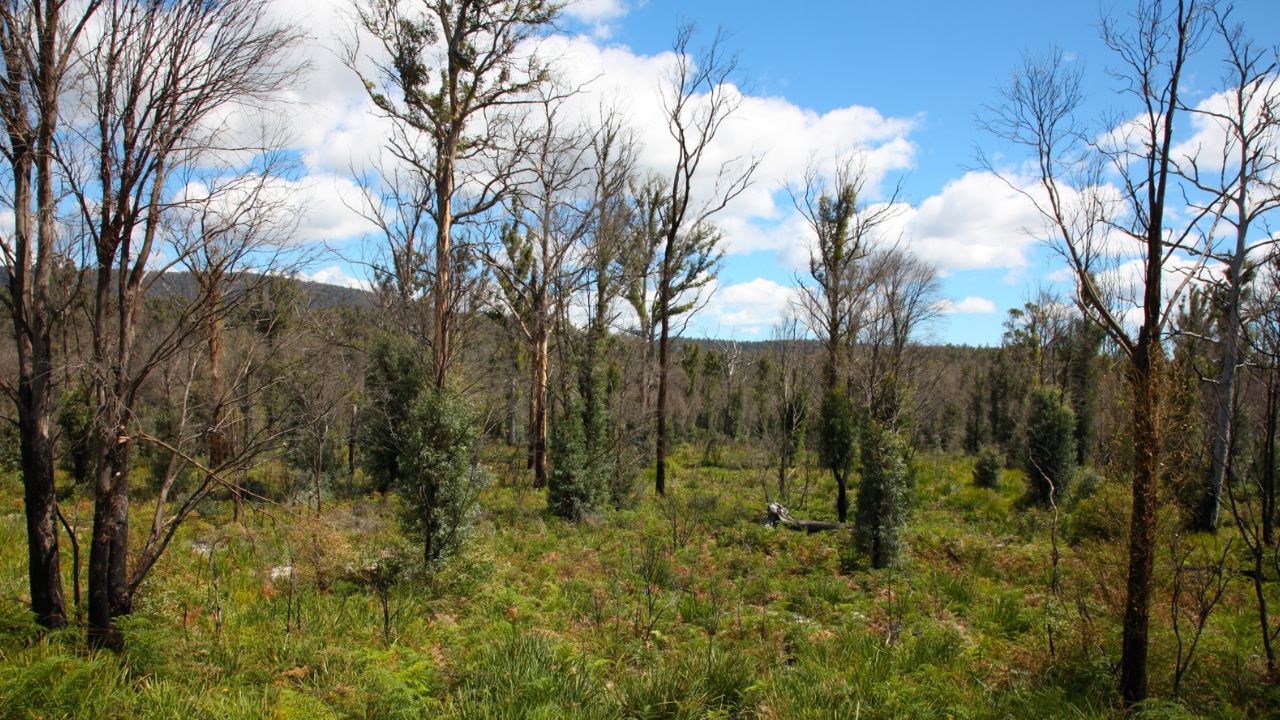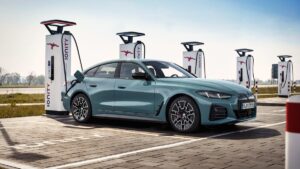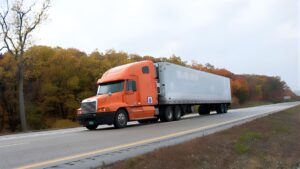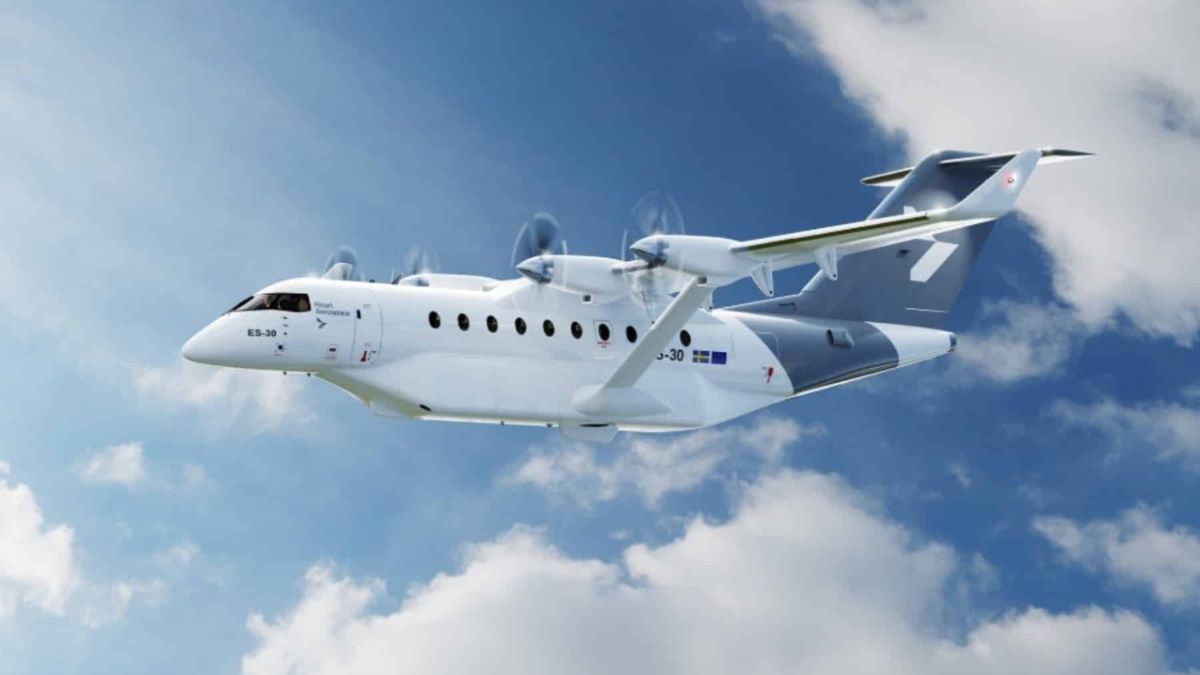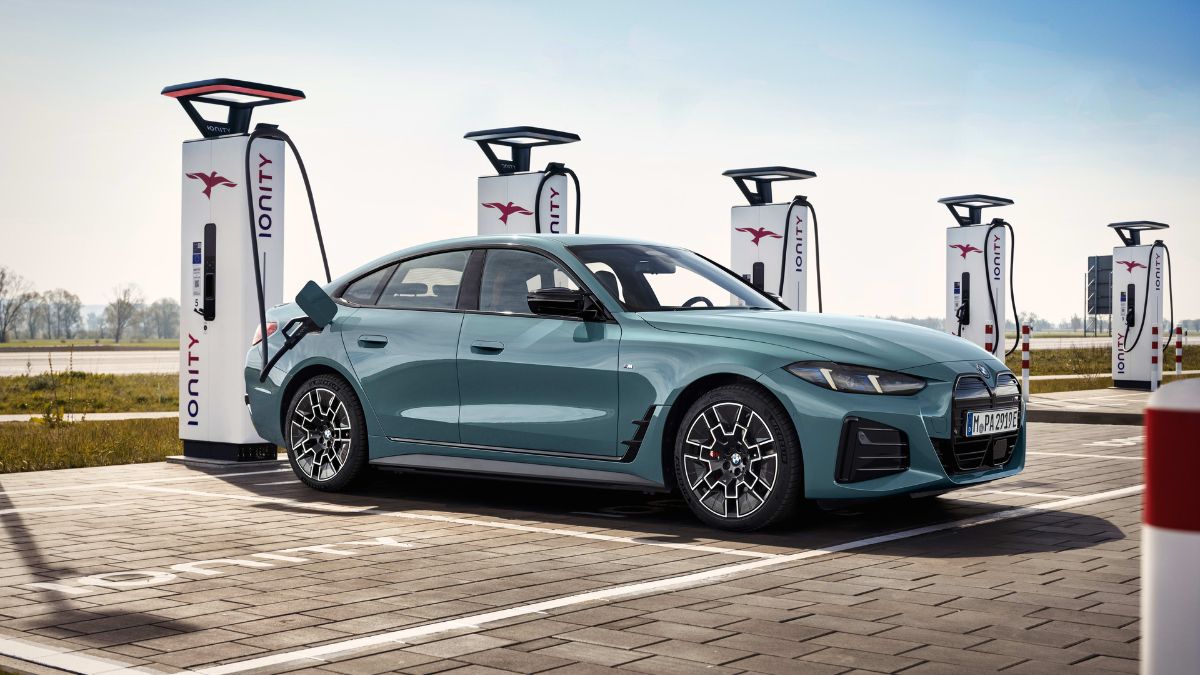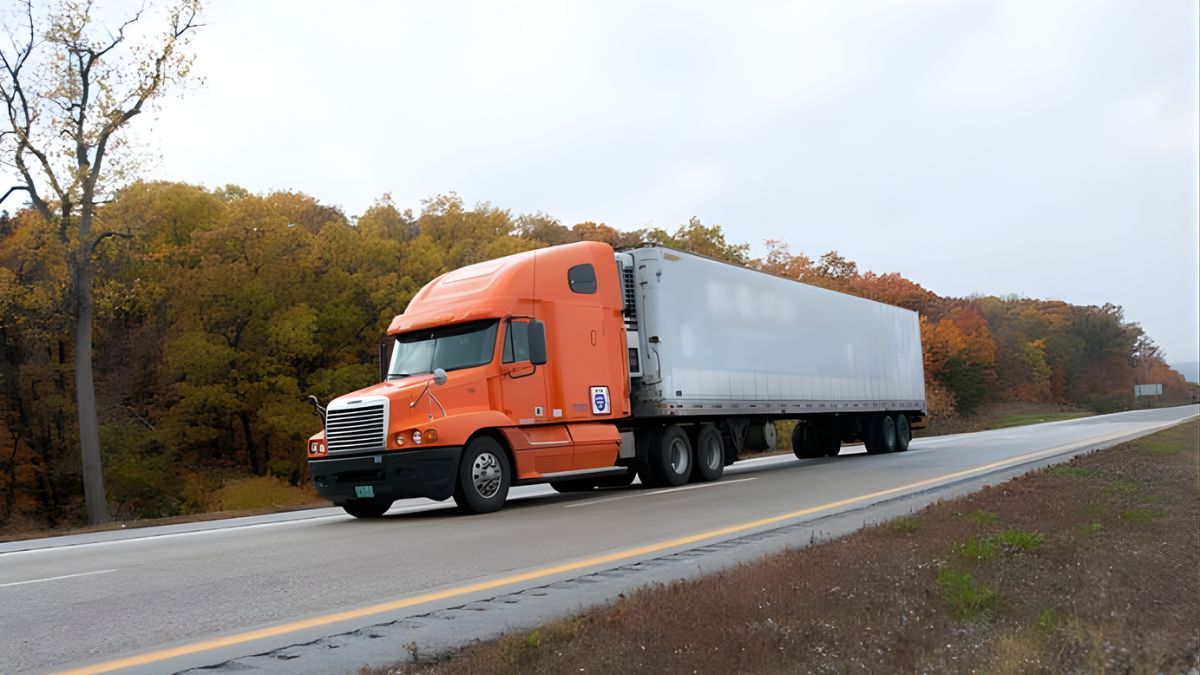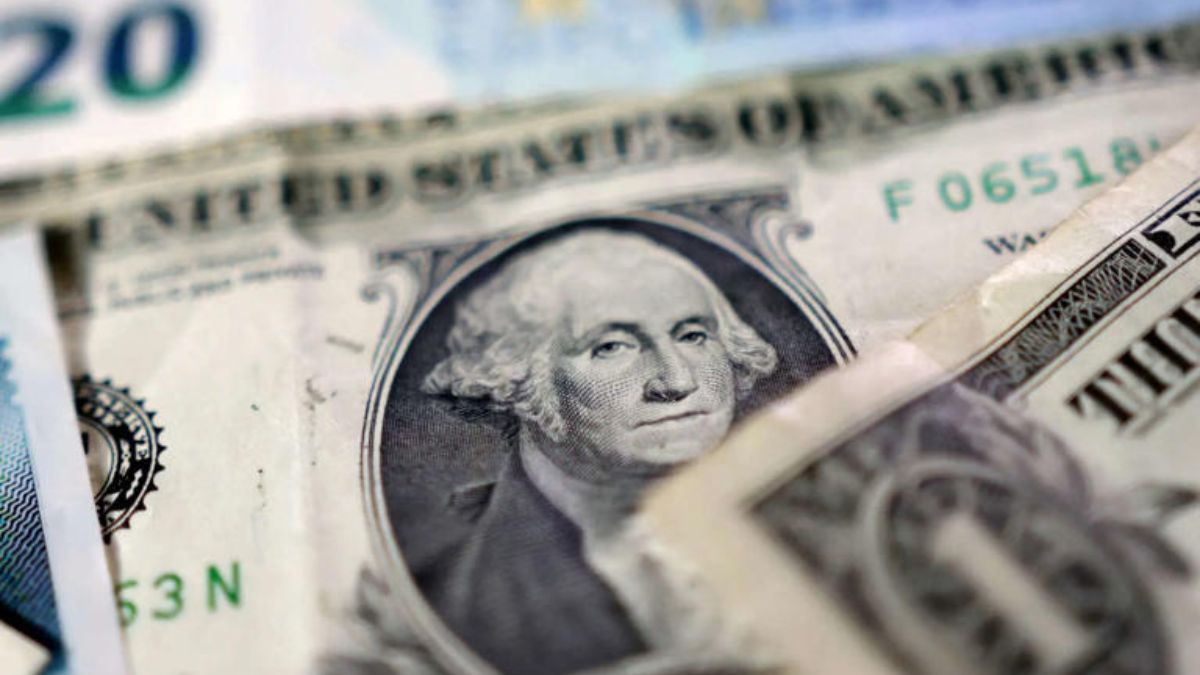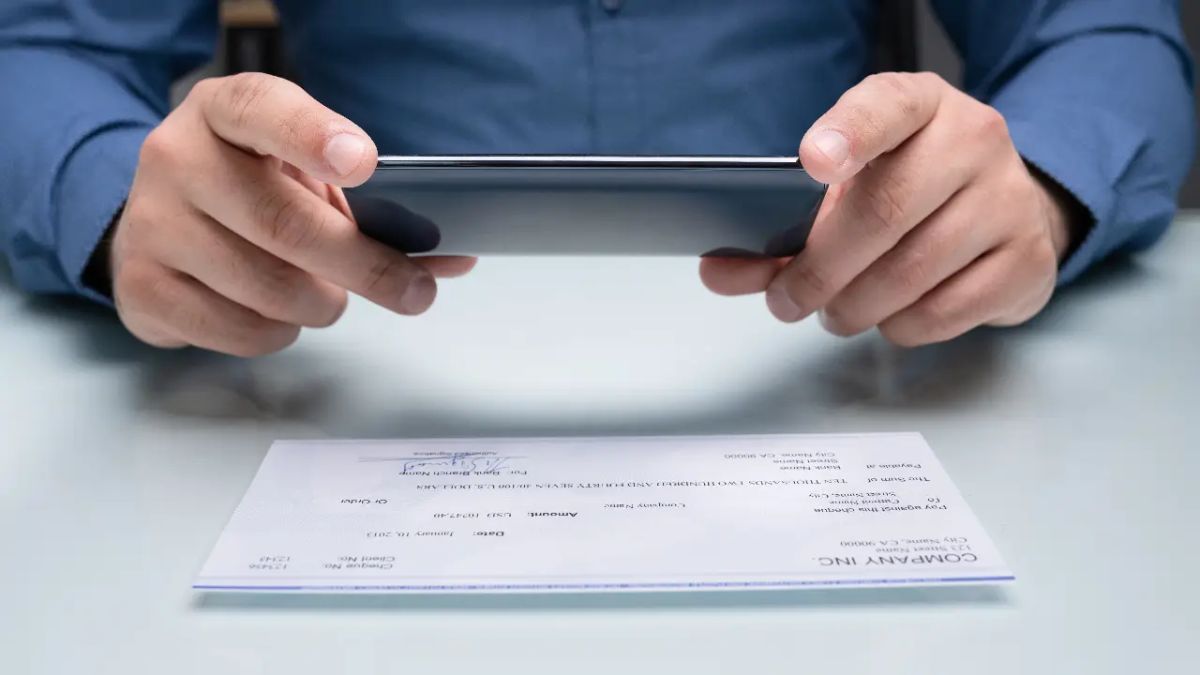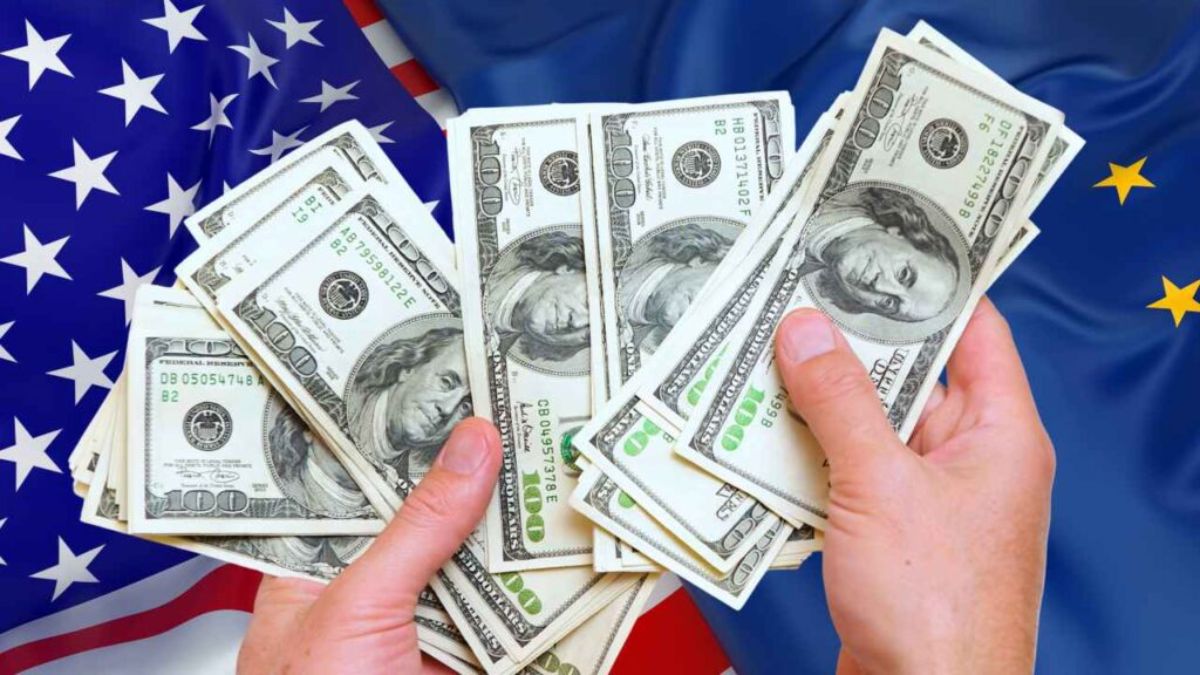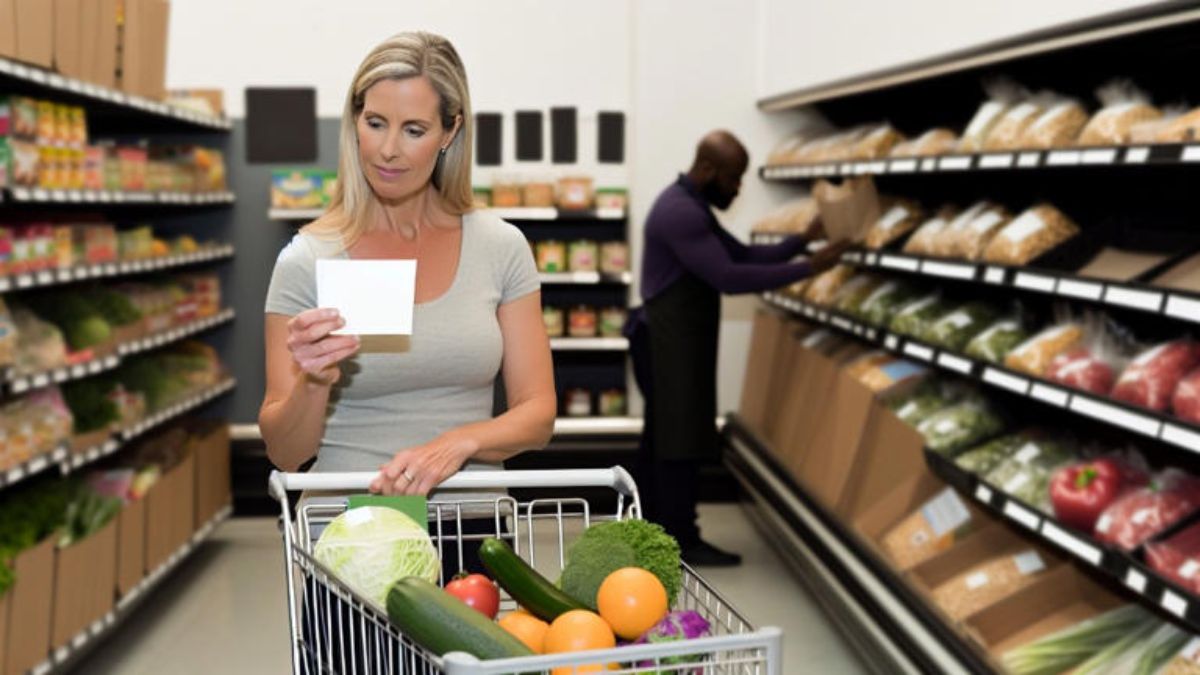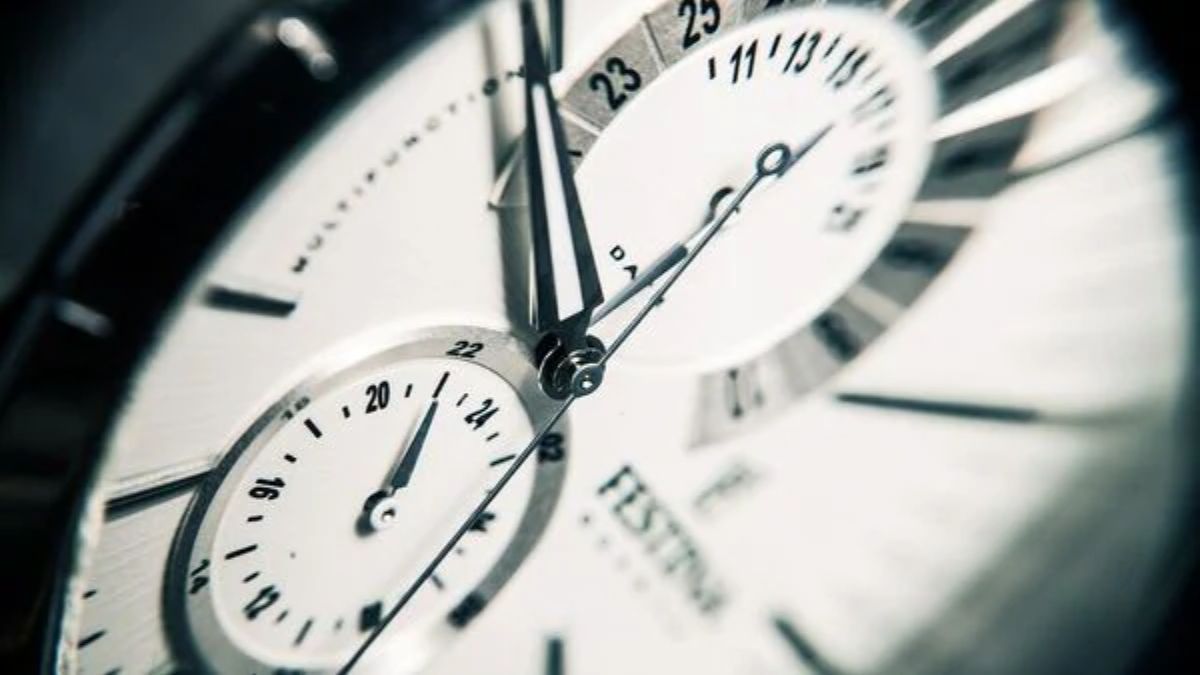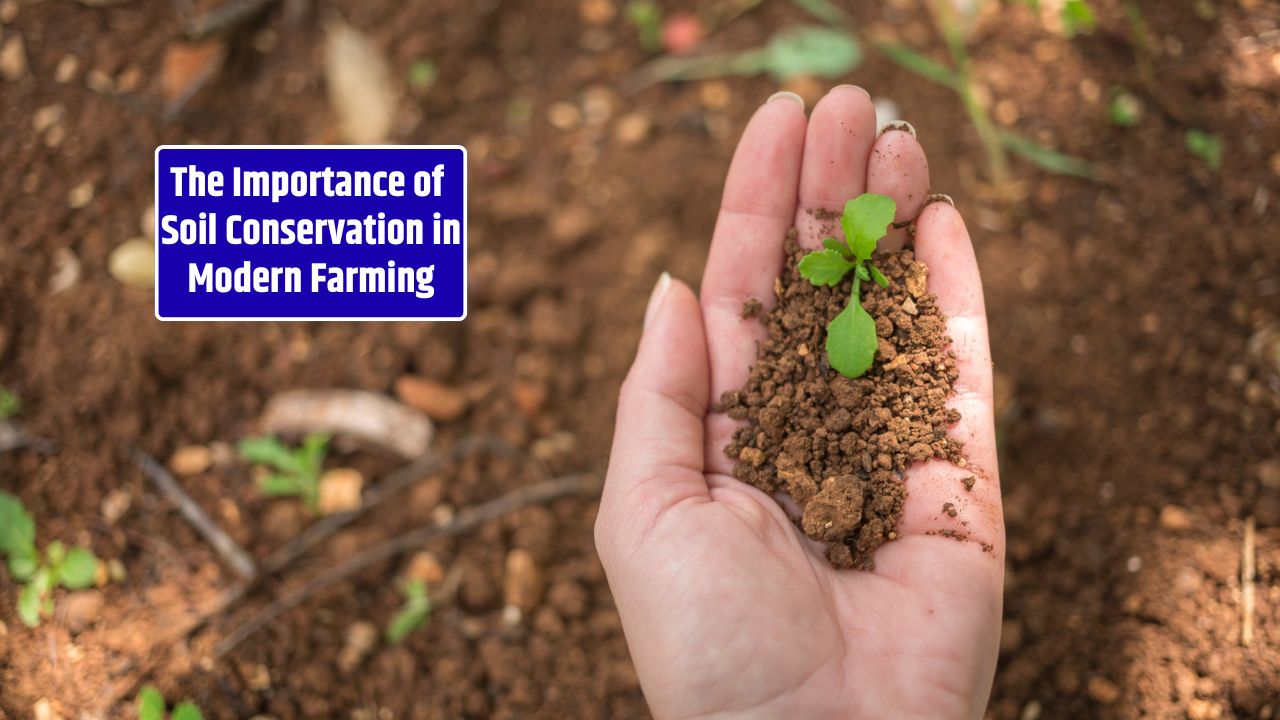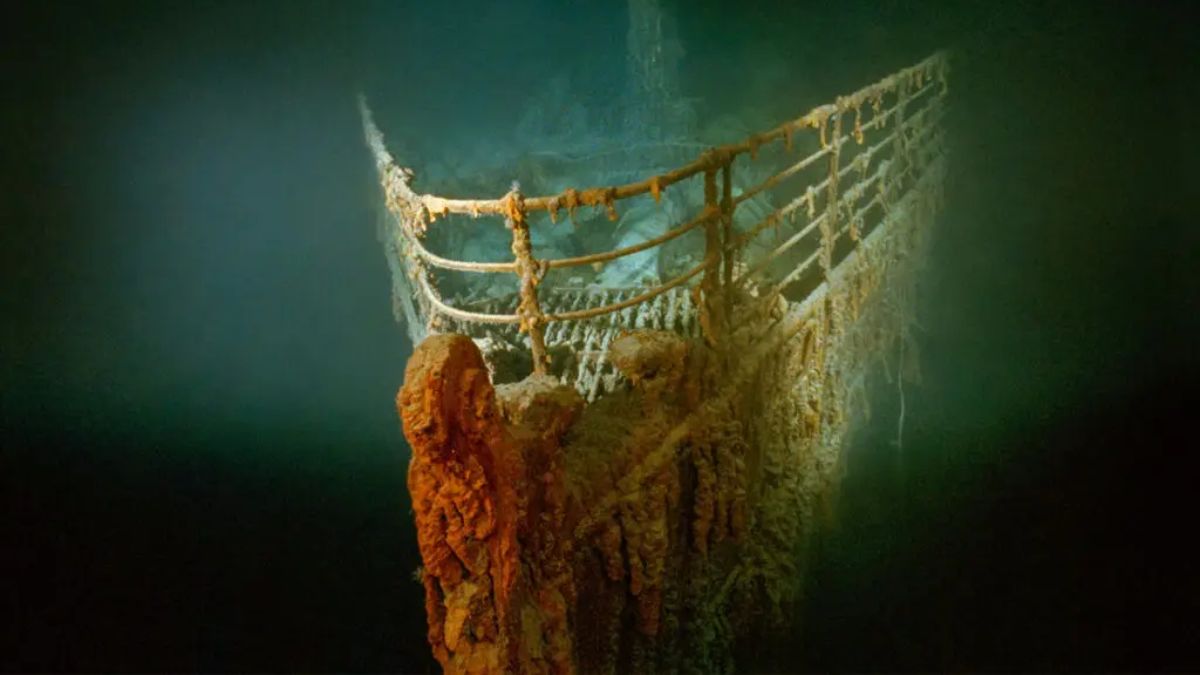Drive across Brazil’s heartland—from the soybean plains of Mato Grosso to the cattle pastures of Pará—and you can’t miss the tension written on the land. One side of the horizon glows with new crops, grain silos, and tractors; the other, with the charred remains of cleared forest. It’s the country’s greatest paradox: deforestation fuels short-term agricultural expansion, yet threatens the very systems that make that agriculture possible.
Over the past few decades, Brazil’s rise as a global food powerhouse has come hand-in-hand with massive environmental strain. The question now facing policymakers and farmers alike is simple but urgent—can Brazil keep feeding the world without destroying the ecosystem that feeds it?
A Double-Edged Growth Story
Brazil’s agricultural miracle is undeniable. Since the 1970s, vast infrastructure investments and research from Embrapa turned the once-poor Cerrado and Amazon borderlands into global breadbaskets. Soy, corn, and beef exports made Brazil the world’s second-largest food exporter by value.
But the expansion came at a price. Between 1985 and 2022, the country lost more than 85 million hectares of native vegetation, according to MapBiomas. The Amazon and Cerrado—two of the planet’s most vital carbon and water systems—accounted for most of those losses.
In the short run, deforestation creates more arable land. In the long run, it’s quietly undermining productivity through soil degradation, water scarcity, and unpredictable weather patterns.
Soil Health: The Foundation at Risk
When forests are cleared, the thin topsoil layer—rich with organic matter and microorganisms—quickly erodes. Exposed to heavy rains and tropical heat, it loses fertility fast. Studies by Embrapa Solos show that degraded soils in deforested areas can see productivity drops of 20–50% within a decade if not properly managed.
Farmers in northern Mato Grosso, including those around Confresa, have already noticed it. The first few years after clearing land yield bumper harvests; then output starts falling, requiring more fertilizer, lime, and irrigation. In extreme cases, abandoned fields turn into sterile pastures—what locals call pastagens cansadas, or “tired lands.”
Deforestation, in essence, mortgages tomorrow’s harvest for today’s profit.
Water: The Invisible Casualty
The Amazon and Cerrado biomes act as water factories for Brazil’s agricultural regions. Through a process scientists call “flying rivers,” moisture from the Amazon feeds rainfall across much of central and southern Brazil.
Cut down enough forest, and the system falters. Research from Brazil’s National Institute for Space Research (INPE) shows that large-scale deforestation has already reduced regional rainfall in parts of Mato Grosso and Pará by up to 20% over the past two decades.
Less forest means fewer clouds, shorter rainy seasons, and more frequent droughts. For farmers, that translates directly to risk—shorter growing windows, unreliable planting schedules, and higher irrigation costs. In soy-producing belts like Sinop, Sorriso, and Confresa, even a 10% drop in rainfall can wipe millions off local GDP.
| Impact Area | Cause | Agricultural Consequence |
|---|---|---|
| Reduced Rainfall | Forest loss disrupts evapotranspiration | Shorter crop cycles, lower yields |
| Rising Temperatures | Less shade and moisture | Heat stress on crops and cattle |
| Soil Erosion | Loss of root structure and canopy | Declining fertility, more flooding |
| Biodiversity Loss | Habitat fragmentation | Fewer pollinators, pest imbalance |
Climate Instability and Crop Yields
Brazil’s agricultural output depends on climate predictability. Soybeans need steady rain from November to February; corn thrives on moisture through April. Deforestation makes these patterns erratic.
A 2023 report from the World Resources Institute (WRI) found that if deforestation in the Amazon continues at current rates, soybean yields across the Cerrado and northern Mato Grosso could drop up to 17% by 2050 due to altered rainfall and temperature increases.
It’s not just crops at risk. Cattle herds also suffer when pastures dry earlier than expected, reducing available forage and forcing ranchers to buy costly feed. For smallholders—especially those without irrigation—climate volatility can make or break a season.
Ironically, the same global demand that drives deforestation (for soy, beef, and timber) also exposes Brazil to international pressure and trade barriers. European markets increasingly link imports to deforestation-free supply chains. That puts entire regions at risk of losing access to high-value markets unless sustainability improves.
Sustainability vs. Expansion: A False Choice
The good news? Brazil has already proven that productivity and preservation can coexist. Between 2004 and 2012, deforestation in the Amazon dropped over 80%, while agricultural production kept climbing. What changed? Smarter land use, enforcement of the Forest Code, and the adoption of low-carbon agriculture (ABC+) practices.
Programs under the Ministry of Agriculture now incentivize no-till farming, integrated crop–livestock–forestry systems, and reforestation of degraded lands. These techniques restore soil fertility, conserve water, and maintain output without further deforestation.
In Confresa and nearby municipalities, cooperatives are experimenting with rotational grazing and cover crops to rebuild exhausted soil. “We realized we can produce more on less land,” says João Almeida, a local farmer managing 800 hectares of soy and corn. “The forest isn’t the enemy—it’s part of the balance.”
The Economic Equation
Deforestation looks profitable because it’s cheap: cut, burn, plant, sell. But once you account for declining yields, rising fertilizer costs, and lost water resilience, the math flips. A 2022 World Bank analysis estimated that unchecked deforestation could shrink Brazil’s agricultural GDP by 2–3% annually by mid-century due to ecosystem disruption.
Meanwhile, sustainability pays. Low-carbon farms get better financing terms, access to export markets, and long-term soil stability. Agribusiness giants like Amaggi and Cargill are already tightening supply chain standards to favor sustainable producers—creating incentives for compliance at every level.
If managed right, Brazil’s green transition could unlock billions in climate financing and carbon credits while preserving its agricultural dominance.
Looking Ahead: The Frontier of Balance
The battle over deforestation isn’t a simple clash between environment and economy—it’s a test of strategy. The regions leading Brazil’s next growth phase, like Confresa and the Araguaia Valley, sit right on the fault line between expansion and sustainability.
Infrastructure and technology are part of the solution—better roads reduce illegal clearing, and digital monitoring makes enforcement possible. But real change will depend on local behavior: farmers who see conservation not as regulation, but as risk management.
If Brazil can sustain that mindset shift, it could prove what the world still struggles to believe—that a nation can be both an agricultural superpower and a guardian of its forests.
Environmental and Economic Snapshot
| Indicator | Current Trend | Source |
|---|---|---|
| Forest Loss (Amazon & Cerrado, 1985–2022) | –85 million hectares | MapBiomas |
| Rainfall Reduction in Mato Grosso | –15–20% in 20 years | INPE |
| Soybean Yield Decline (Projected by 2050) | –17% in high-deforestation areas | WRI |
| GDP Risk from Ecosystem Degradation | –2–3% annually by 2050 | World Bank |
| Forest Code Compliance (2024) | ~80% of registered properties | Ministry of Environment |
FAQs:
Does deforestation help or hurt Brazil’s farmers?
It helps briefly by expanding farmland but hurts long-term by degrading soil and reducing rainfall.
Can Brazil produce more food without cutting more forest?
Yes. Through soil recovery, crop rotation, and no-till farming, yields can rise without new clearing.
How does deforestation affect global trade?
Export markets increasingly demand deforestation-free supply chains, pushing Brazil to adopt sustainable practices.

